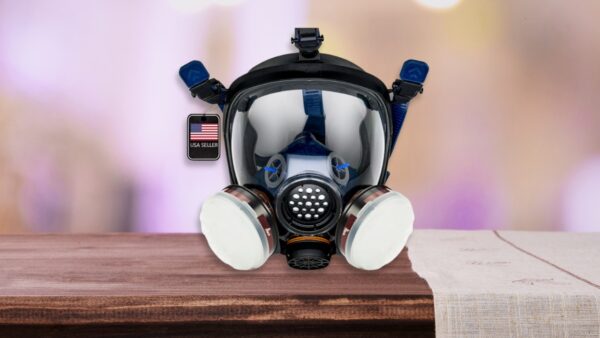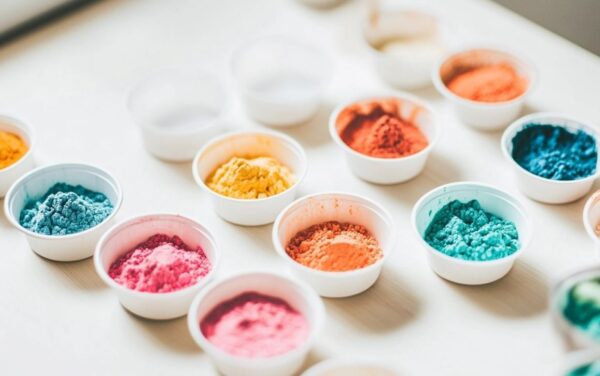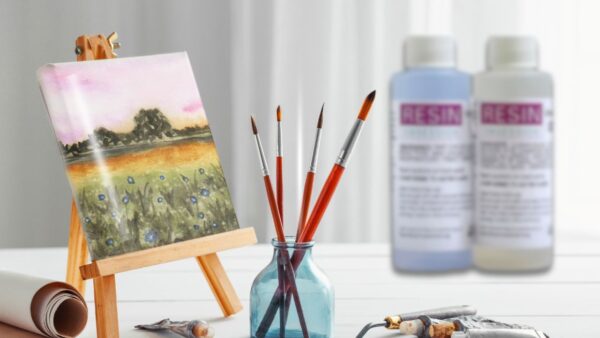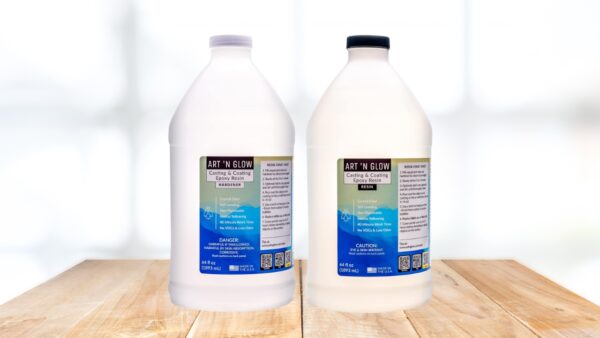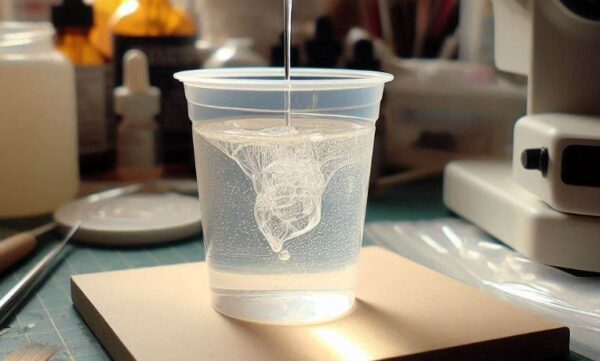pigment paste vs pigment powder [The Differences]
There are differences between pigment paste and pigment powder. Pigment paste and pigment powder are both used to add color to resin, but they work a little differently.
Pigment paste is made by mixing color particles into a liquid base, which makes it thick and smooth. It gives strong, rich colors and is great when you want solid coverage.
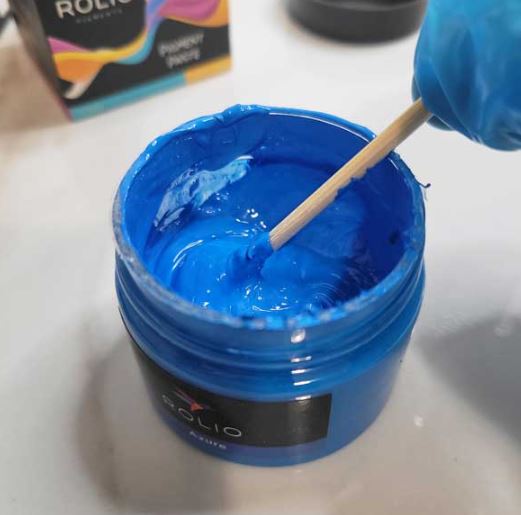
Pigment powder, like mica powder, is dry and usually shimmery. It’s made of fine particles that blend into resin for soft, layered effects or sparkle.
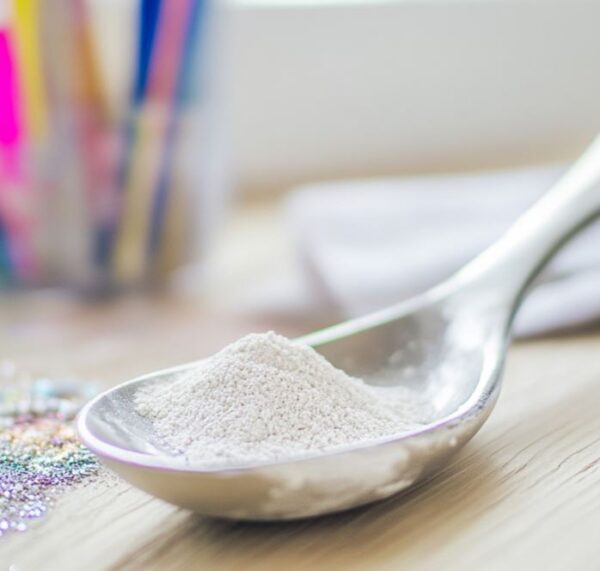
I have used both in my resin projects. Sometimes I want bold color, so I grab the paste. Other times, I want a glow or shimmer, and the powder does the trick. I’ve come up with some really fun ways to mix them too. They’re both great tools, and knowing when to use each one makes a big difference in the final look.
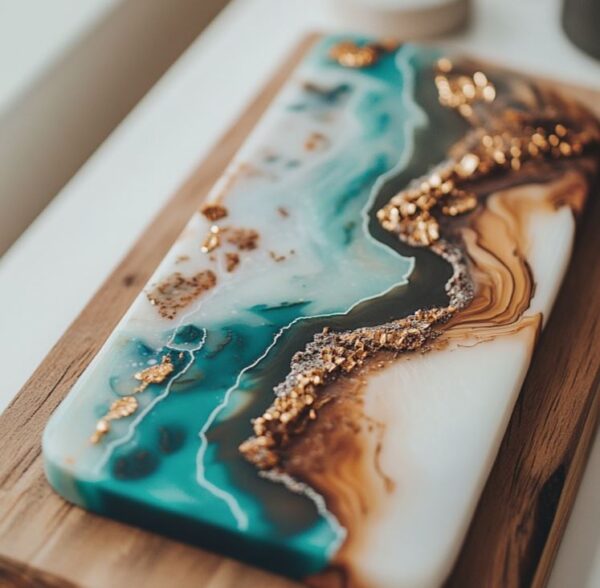
pigment paste vs pigment powder
Here are the main differences between pigment paste and pigment powder.
1. Pigment Paste Is Thicker
Pigment paste has a creamy, thick texture. It’s made by blending color into a liquid base, so it’s super smooth and easy to mix into resin.

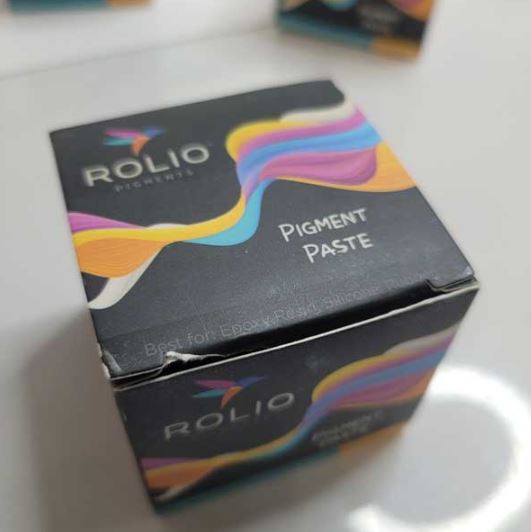
I like using paste when I want full, bold color with no shimmer. Lately I’ve been using the Rolio pigment pastes and find that they are super concentrated so a little goes a long way.
2. Pigment Powder Is Fine and Dry
Pigment powder is a loose, dry form of color. It’s often made with mica, so it gives off a soft shine or shimmer. It’s perfect for adding sparkle or layering soft color.
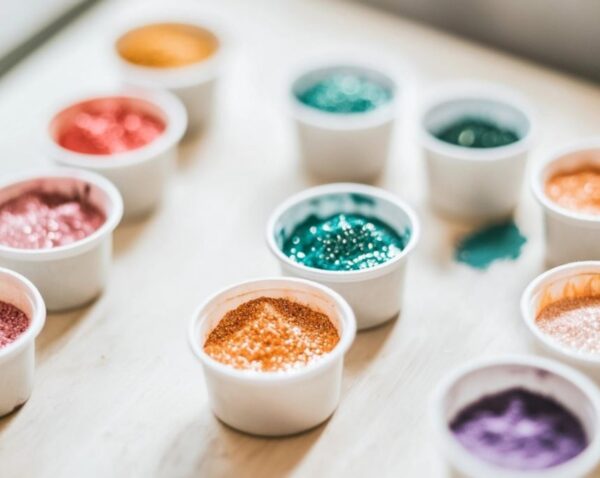
You can also brush a bit of it into the molds before pouring the resin. It gives the final piece a cool, shiny finish that looks almost metallic.
Another way to use it is to brush it on after the first resin pour and then go over it with another layer. It’s really pretty and looks like it’s floating.
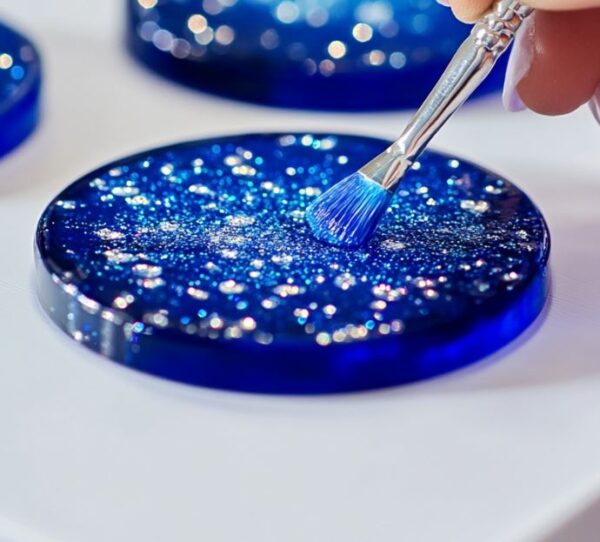
3. Paste Blends Smooth, Powder Can Float
When you stir pigment paste into resin, it mixes in easily and stays put. Powder can float around more, especially if you don’t mix it well.
It’s not a bad thing though, sometimes the floating effect makes really dreamy swirls.
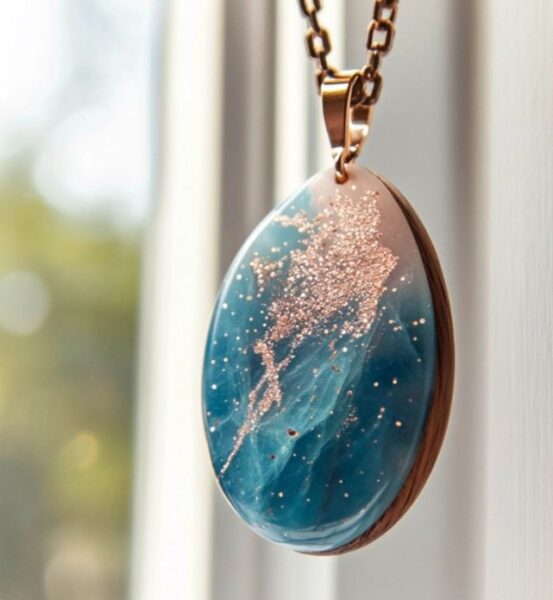
Here’s a pendant with both white mica powder and blue pigment paste that gives the resin a magical look. The trick to this is to use just a tiny bit to get a translucent effect.
4. Paste Gives Solid Color, Powder Adds Effects
Paste is the way to go if you want your resin to be fully colored, like a strong red or deep black. Powder is better for adding effects like shimmer, glow, or even that pearly look. I like to layer a bit of powder over a paste base for extra depth.
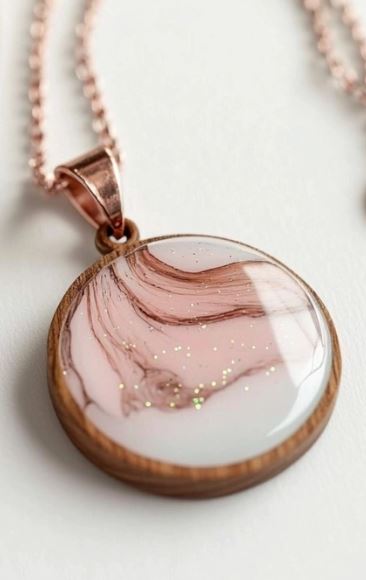
5. Pigment Paste Mixes In Fast
Pigment paste blends into resin quickly. Just a small bit is usually enough for rich color. I like to use silicone stir sticks and stir it in slowly to avoid bubbles. It doesn’t take much effort, within seconds, the resin turns a solid color.

If you add too much, it can thicken the resin, start small and build up.
6. Pigment Powder Needs Extra Stirring
Powder takes a little more time to fully mix in. If you just dump it in, it can clump or float. A good tip is to swirl the powder into a small part of the resin first, then add that to the rest. It helps stop the clumps.
7. Mix One at a Time
If you’re using both paste and powder in the same project, mix them into separate parts of resin first. That way you can control where the shimmer or color goes.
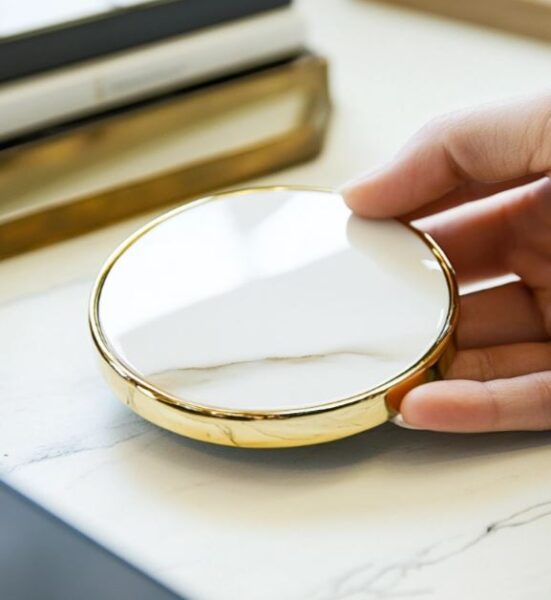
8. Pigment Paste Needs Less to Color Resin
A little bit of pigment paste goes a long way. It’s super concentrated, so you usually only need a small amount, like the tip of a popsicle stick for rich, solid color.
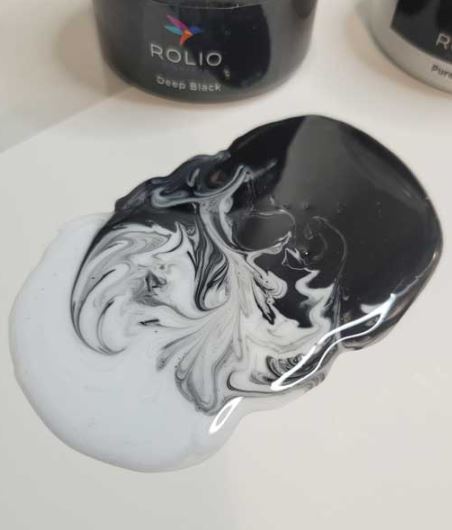
If you add too much, it can mess with how the resin cures. I made this cute plant charm using a tiny bit of white pigment paste to make it look like swirls. I only used a very small amount for this.
How to make a resin charm tutorial
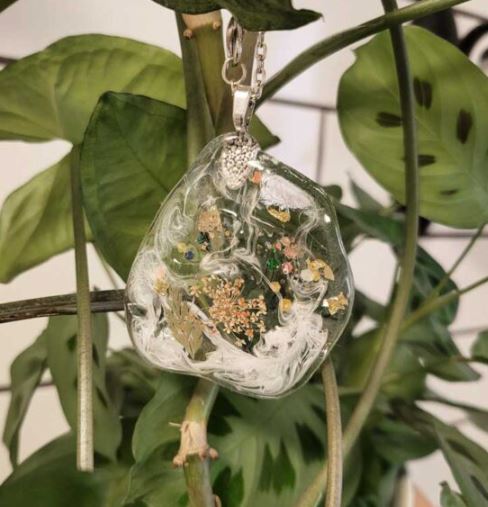
9. Both Work with Epoxy and UV Resin
Both pigment paste and pigment powder can be used in epoxy and UV resin. Just make sure you don’t add too much, especially with UV resin because it needs light to cure, and too much color can block that.
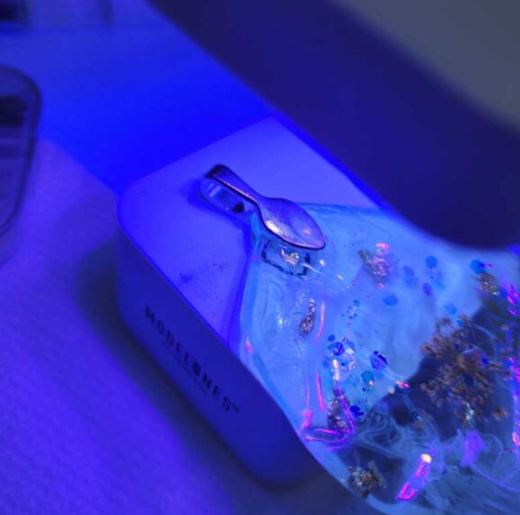
I’ve used powders in small UV resin molds and pastes in big epoxy projects, and both worked great. Just keep your layers thin for UV, and you’re good to go.
10. Pigment Paste Is Great for Lacing and Waves
If you’re making ocean art or anything with waves, pigment paste is the way to go. It’s thicker, so it stays in place and creates those lacing effects when you use a heat gun or torch.
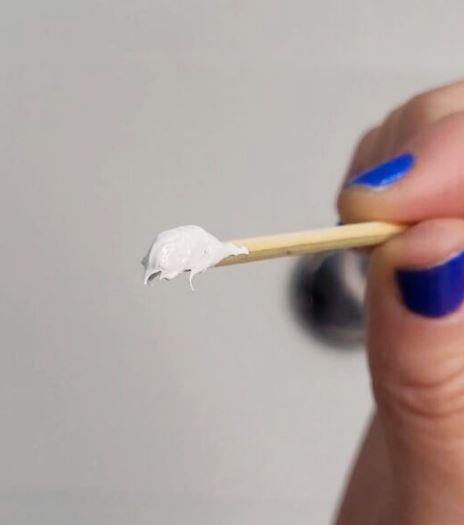
12. Powder Is Great for Dusting Molds
One of the best uses for pigment powder is brushing it directly into your silicone molds before adding resin. The fine powder clings to the surface of the mold and gives the finished piece a shiny, pearly, or metallic effect, depending on the type of powder you use.
This keeps the resin clear or lightly tinted while adding eye-catching color or shimmer to just the surface. It’s especially popular for making jewelry, keychains, or small detailed items where the design shows through best on the top layer.
13. Paste Works Well for Layered Pours
Pigment paste is good for projects that use layers of resin. Because paste has a thick, smooth texture and provides solid color, it stays put in the layer you pour it into.
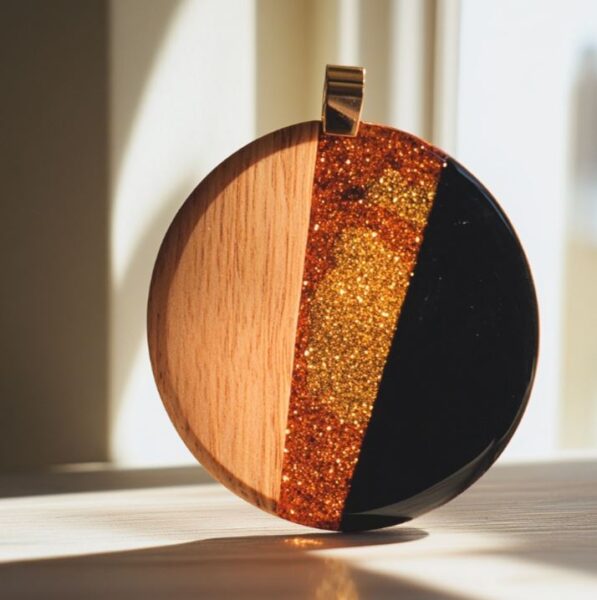
This is helpful when you’re doing multiple pours and want each layer to have clean lines or bold colors. Paste won’t mix or bleed into the next layer making it a good choice for designs that need crisp, separated sections.
14. Store Pigments Properly
To make your pigments last longer and stay easy to use, store them in a cool, dry place and keep containers sealed tightly. Pigment paste can dry out if the lid isn’t secure or if it’s left open for too long.
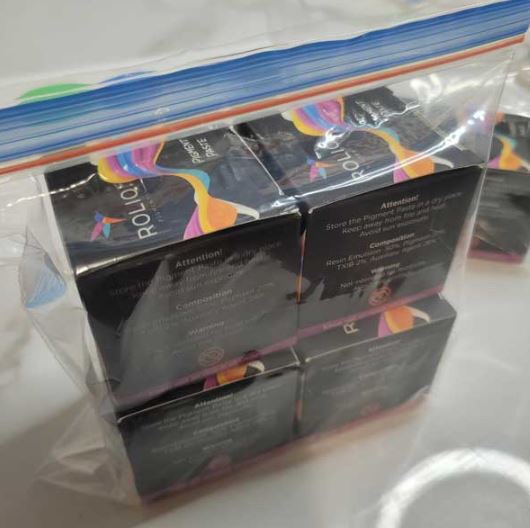
Powders, on the other hand, are very fine and can spill or create a mess if not closed properly. Exposure to sunlight or moisture can also change the texture or color of your pigments over time, so it’s best to store them away from windows or sinks.
15. Use Protective Gear when using both
No matter which pigment you’re using, it’s important to wear protective gear when working with resin. A full respirator with proper filters is the best option to protect your lungs. Resin safety guides
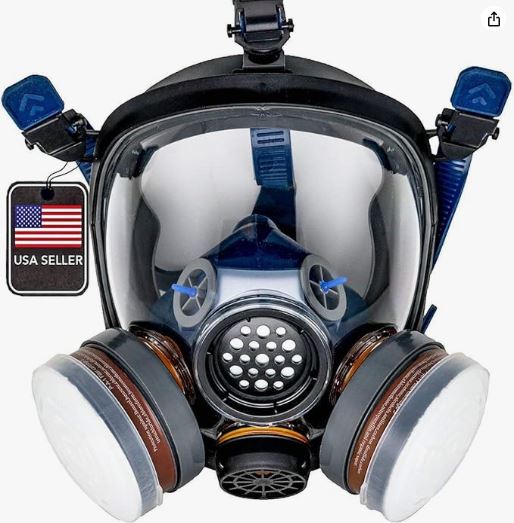
Gloves are also a must to keep the chemicals off your skin, and goggles are a good idea to shield your eyes from splashes.
Which One Is Better?
Honestly, it depends on the look you’re going for. Pigment paste is best for solid, bold colors with no shimmer. Pigment powder is great for sparkle, shine, and softer effects. One isn’t better than the other, they just do different things.
How to make a domino resin pendant

I use both all the time, sometimes even in the same project. If you like strong color, go for paste. If you want glow or shimmer, powder’s your friend. Try both and see what fits your style!
Thanks for reading! I hope this guide helps you decide when to use pigment paste and when to go with pigment powder in your resin projects.
Both have their own strengths, and now you have a better idea of how to make them work for you. Stay safe, have fun, and keep creating!

